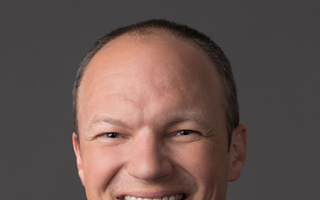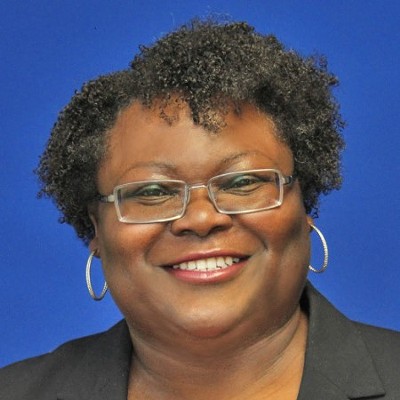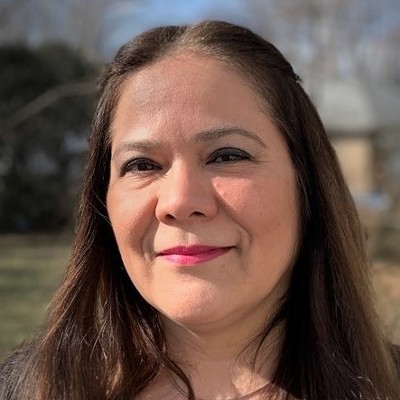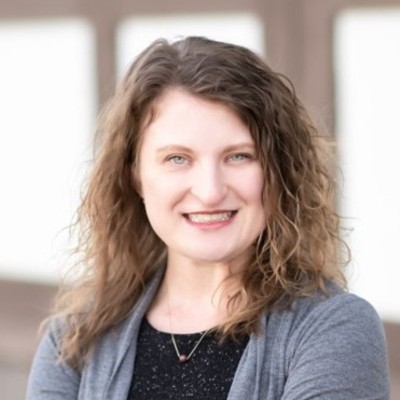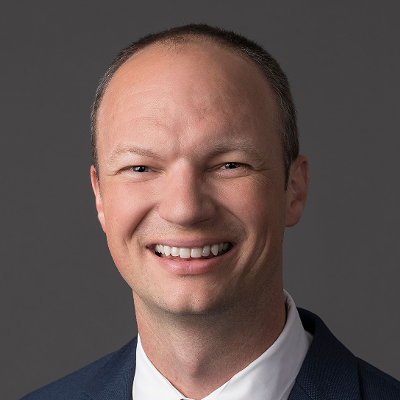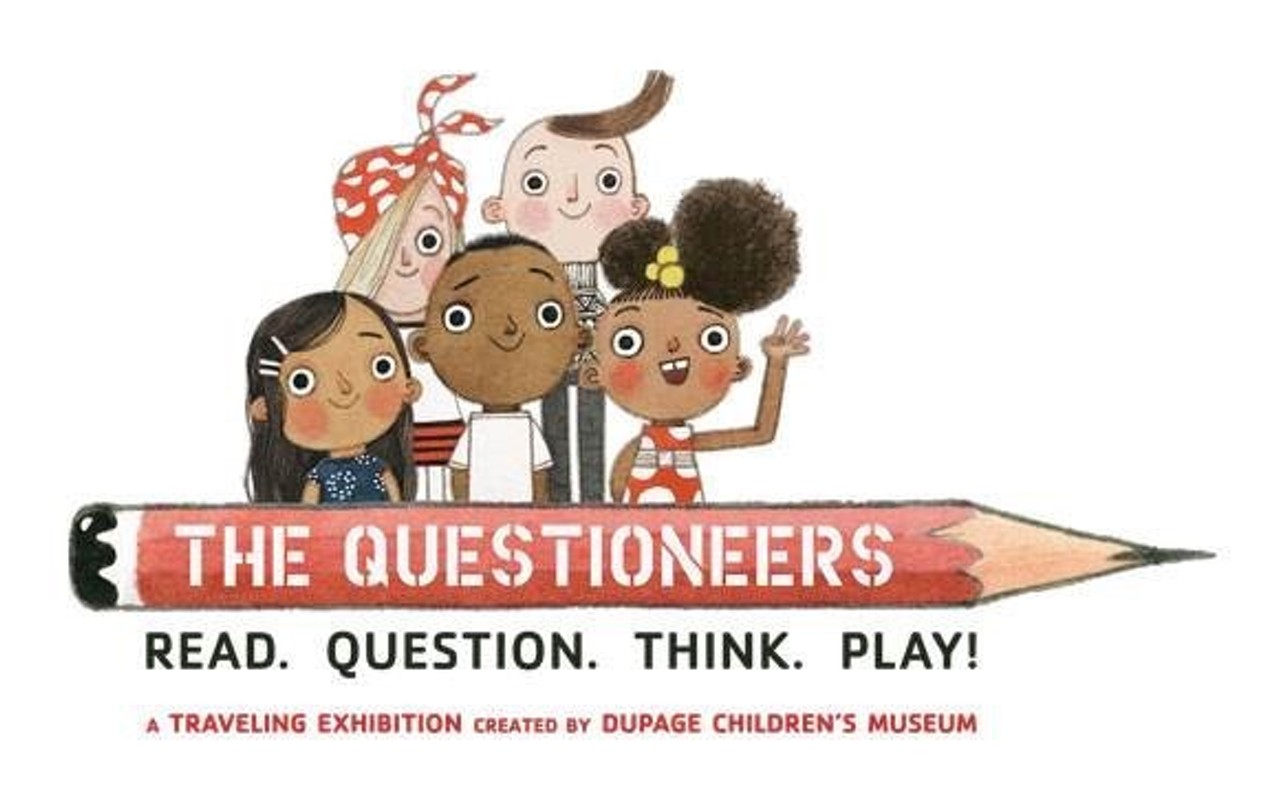Over the past decade, the Springfield and Sangamon County community has received the lowest amount of U.S. Housing and Urban Development funding to address homelessness among Continuums of Care in the state of Illinois. HUD utilizes an annual Continuum of Care competition and application process to determine the amount of funding communities receive through their Continuum of Care. According to HUD, its Continuum of Care program “is the backbone federal program supporting community homelessness response systems across the country, providing grants to nonprofit providers, states, Indian tribes and local governments for permanent and short-term housing assistance, supportive services, planning, data and other costs.” Communities that score well in the competition have the opportunity to earn new project funding while lower scoring communities risk losing funding for projects.
HUD funding for Springfield and Sangamon County through the Heartland Continuum of Care reached the peak of $656,274 in 2012 before declining to $402,128 in 2019. In 2020, community support provided resources for the Heartland Continuum of Care to hire a full time coordinator to support the Continuum’s collaborative efforts to improve the local crisis response system. In 2021, the first communitywide strategic plan to address homelessness in Sangamon County began. Prior to this effort, nearly two decades had passed since a strategic planning process had been undertaken.
The benefits of community support and strategic planning implementation have already begun to demonstrate results. In 2019, Heartland scored 107.5 points out of 200 in HUD’s CoC competition, 79 points behind the highest scoring Continuum in the country. In 2023, Heartland scored 182 points, just 3.5 points behind the highest Continuum. Improvement in scoring over the past four years has allowed Heartland’s to increase to $538,136 to support local supportive housing programs, a more than 33% increase from 2019 funding levels. Ongoing efforts to continuously improve our local system of care will help our community increase federal funding levels necessary to help more people exit homelessness into permanent housing.
The goal of the Heartland Continuum of Care is to functionally end homelessness in Sangamon County. “Functional Zero” is the point when a community’s system of care is able to prevent homelessness whenever possible and ensure that when homelessness does occur, it is rare, brief and nonrecurring. The hope is to be able to provide support for a household to end their homelessness within 30 days. For our community to reach this goal, a tremendous amount of work still lies ahead.
Local organizations need community support to continue their efforts to increase capacity and hire additional staff to grow supportive housing efforts. The Heartland Continuum of Care is working to continuously grow in its ability to recognize service gaps and develop initiatives to meet people where they are and provide the necessary supports to help a person or family enter stable housing. The most significant gap in our community revolves around individuals with complex challenges that require collaboration across multiple systems such as mental health, substance use, access to psychiatric care, and long-term healthcare needs.
An example of how this work is being approached is the 100-Day Challenge that the Heartland Continuum of Care began in February with technical support from RE!NSTITUTE with the aim of better understanding and addressing the challenges connected to unsheltered homelessness in our community. While there are many complex factors that contribute to people in our community living without shelter, we know that strategies to effectively connect people who are unsheltered to resources require consistent, coordinated outreach, relationship building and trust, and strong collaboration across partners. The effort kicked off in February with 12 people from Heartland HOUSED, Helping Hands, Washington Street Mission, Memorial Behavioral Health, SIU, volunteer outreach efforts, and local leaders with lived experience attended a two-day summit in Joliet along with cohorts from Rockford, suburban Cook County and Will County to plan and set goals for the challenge. We are two-thirds of the way through the challenge and community partners are making great strides to build on previous community efforts to develop a list of all people experiencing homelessness in Springfield and Sangamon County and creating new tools to improve data collection and success of housing referrals. These efforts will help to build on community initiatives like Springfield Police Department’s Homeless Outreach Team, the Springfield Empower Equip and Deflect program, and volunteer outreach efforts in the community.
At the end of the day, our focus remains on supporting people as they end their homelessness. To be successful, the end result of increased HUD competition scores, new funding and participating in programs like the 100 Day Challenge must be to shorten the length of time our neighbors experience the trauma and challenges of homelessness. With a month remaining in the 100 Day Challenge, 17 people experiencing unsheltered homelessness have entered housing. This would not be possible without local support and a deep level of local collaboration.
Josh Sabo is executive director of Heartland HOUSED.

